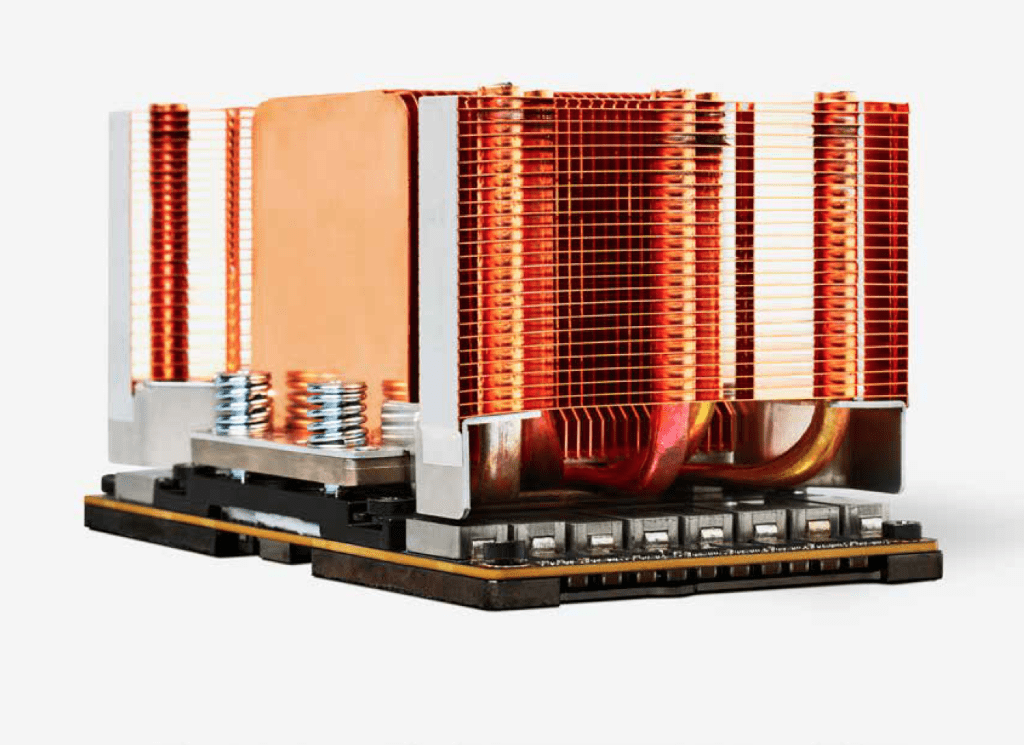POWER9 provides the infrastructure foundation for a future-looking organization that is ready to meet today’s business challenges and tomorrow’s advancements. By updating your foundation with the latest POWER9-based servers, you can effectively run your mission critical requirements alongside modern, data-intensive workloads.
This blog highlights some of the main elements in the IBM Power Systems POWER9 Planning Checklist. To learn more about POWER9 servers, read the full list of benefits here.

Use this checklist to help ensure that your infrastructure strategy aligns to your needs, avoiding potential cost overruns or capability shortfalls:
- Determine current and future capacity requirements. Bring your team together, assess your current application workload requirements and three-year to five-year outlook. You’ll then have a good picture of when and where application growth will take place, enabling you to secure capacity at the appropriate time on an as-needed basis.
- Assess operational efficiencies and identify opportunities to improve service levels while decreasing exposure to security and compliancy issues/problems. With new technologies that allow you to easily adjust capacity, you will be in a much better position to lower costs, improve service levels, and increase efficiency.
- Create a detailed inventory of servers across your entire IT infrastructure. It is highly likely that your organization has single-application/single-purpose or very under-utilized servers in the data center. These can easily be consolidated onto a single new server that can save your organization money and resources.
- Test your HA/DR strategy and determine whether it meets all corporate and government regulations. Many clients only find out there’s a problem with their HA/DR plan the hard way: after the fact. Be prepared to implement a system failover strategy when it counts.
- Identify all dependencies for major database platforms, including Oracle, DB2, SAP HANA, and open-source databases like EnterpriseDB, MongoDB, neo4j, and Redis. You’re likely running major databases on the Power Systems platform; co-locating your current servers may be a way to reduce expenditure and increase flexibility.
- Understand current and future data center environmental requirements. You may be unnecessarily overspending on power, cooling and space. Savings here will help your organization avoid costs associated with data center expansion.
- Identify the requirements of your strategy for on- and off-premises cloud infrastructure. As you move to the cloud, ensure you have a strong strategy to determine which applications can be moved off-premises. Choose the core platform that offers the most choice, flexibility, and fastest route to the cloud at the lowest cost.
- Determine and show how proposed investments align with moving to the cloud. Choose a platform that offers compelling cost advantages with built-in cloud capabilities, industry-leading performance and resiliency for mission-critical workloads.
- Determine your future application requirements, especially around Big Data and Analytics. As more cognitive applications become available, ensure you have an infrastructure that can support them.
POWER9 gives you the reliability you’ve come to trust from IBM Power Systems, the security you need in today’s high-risk environment, and the innovation to propel your business into the future. Contact us today to learn more about how Power Systems can accelerate insight, cut complexity and costs, and empower your organization to seize new opportunities faster.

